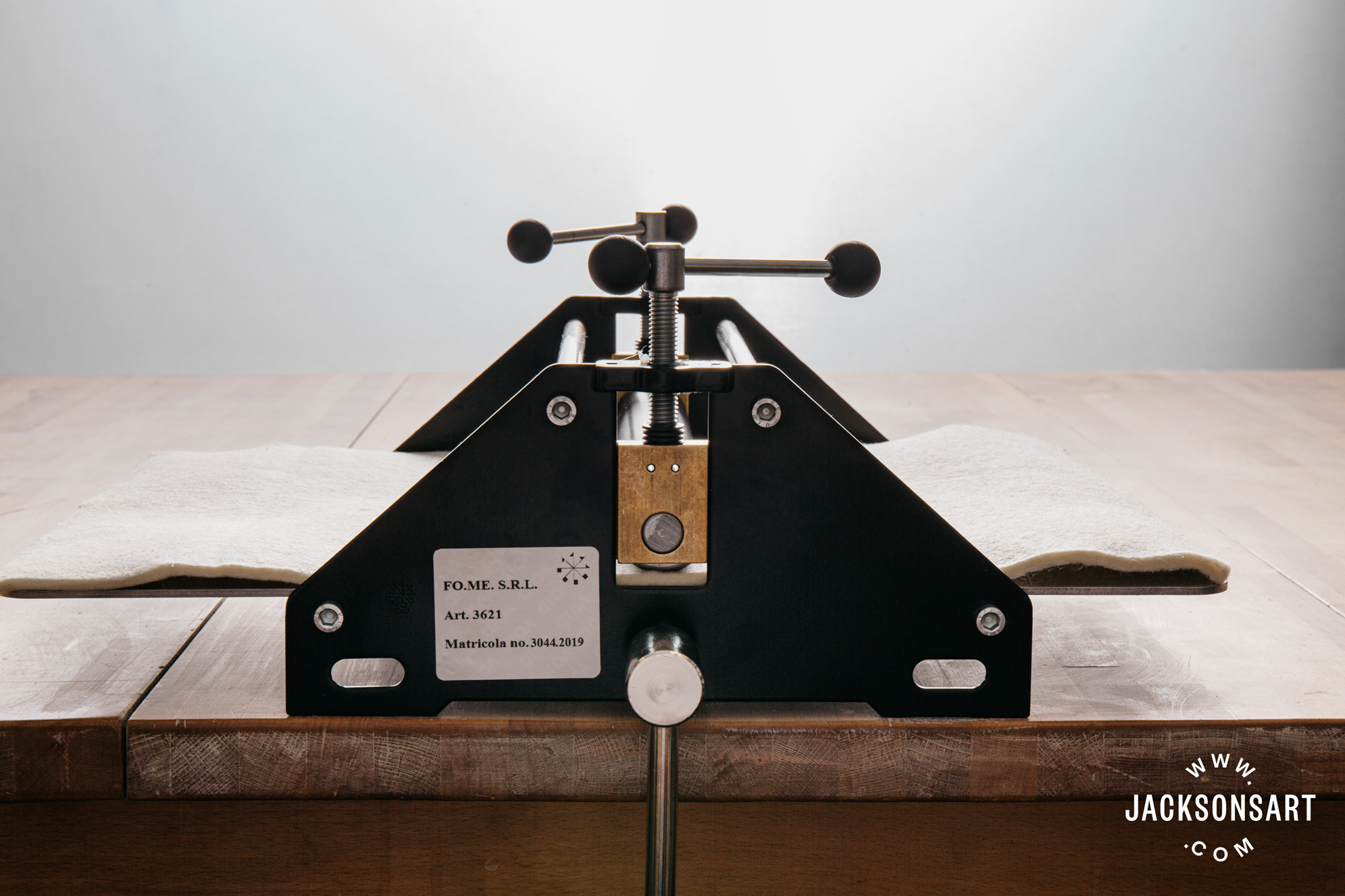


The design, tooling, and printing of the intaglio process require specialized knowledge, talent, and equipment. Many processes have become proprietary or trade secrets. The combination of intaglio characteristics, unique technology, knowledge, limited availability, and government monitoring contribute to the security intaglio provides. Intaglio is the only printed technology that can achieve this type of image. Latent images – a semi-covert image hidden in an interference pattern that appears when the printed surface is tipped into the light. Raised Micro text – both positive and negative formats Intaglio print encompasses three main security features exclusive to the technology: These printers are known and monitored by government agencies like the United States Secret Service to combat counterfeiting. There are only three commercial intaglio printers in the United States. Intaglio press manufacturers only sell to known secure entities. This exclusivity and lack of availability significantly contribute to the security of the technology. Intaglio printers almost exclusively print identity and revenue products for governments. Intaglio has become ubiquitous as a security feature for the currencies of the world. Other applications include vital records, visas, passport, tax stamps, and anticounterfeit labels. The printing of stocks, bonds, and other security papers supported the intaglio printers until 1971, when electronic security trading replaced physical documents, and new, less expensive authentication technologies became available. Today, other technologies like gravure, offset, and flexography has replaced many former intaglio applications. The combination of very fine detail and raised print is unique to the process. Intaglio print utilizes a plate, usually made of copper or nickel. The lines are engraved or etched into the plate and filled with ink. Plate surfaces are cleaned, and the ink is transferred to the substrate using high pressure between 30 Lbs/Sq/In. The deposited ink creates a raise printed surface from zero to three-thousand-inch-high, giving the print its unique tactile feel. Inks are quickly dried, passing through an oven of 400 F to 600 F. By the late 1400s, artists such as Albrecht Durer began to use intaglio as their medium. By the nineteenth-century chemical, etching was introduced, expanding imaging potential. By the 1940s, the development of multi-color presses moved intaglio into the high-technology space, improving artistic options and increasing security. At one time intaglio was widely used to print banknotes, stocks and bonds, wallpaper, sheet music, maps, and other mass-produced materials. Today, the few remaining intaglio printing operations are owned by governments or businesses concentrating on printing passports, visas, vital records, stamps, and other security products. Intaglio may have originated by artisans in the mid-1400s utilizing engraving to decorate metalwork such as armor or musical instruments. Making prints of their work may have been a method to create a record of the engravings.


 0 kommentar(er)
0 kommentar(er)
